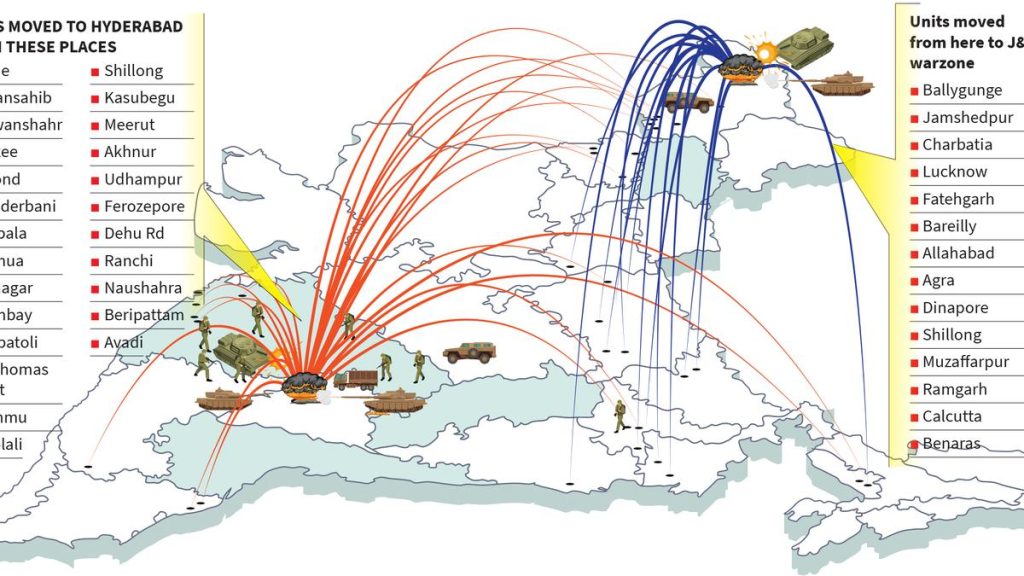Now Reading: Bengaluru Metro Fare: Report Suggests 51.5% Hike Over 7.5 Years
-
01
Bengaluru Metro Fare: Report Suggests 51.5% Hike Over 7.5 Years
Bengaluru Metro Fare: Report Suggests 51.5% Hike Over 7.5 Years
Swift Summary
- BMRCL Disclosure: After seven months of delay and public outcry, the Bangalore Metro Rail Corporation Limited (BMRCL) has published the Fare Fixation Committee (FFC) report on its website.
- Fare Hike Controversy: BMRCL implemented a controversial fare hike of up to 71% in February 2025, claiming it was based on FFC recommendations, but withheld releasing the actual report until now.
- FFC Recommendations:
– Proposed a gradual fare increase of 51.55% over 7.5 years through annual formula-based adjustments capped at 5%.
– Suggested reducing fare slabs from 29 to just ten in multiples of ₹10,with minimum fares at ₹10 and maximum capped at ₹90 for distances over 25 km.
– Recommended discounts for Sundays and national holidays and emphasized balancing passenger affordability with financial sustainability.
- public Feedback: Out of over a thousand responses collected:
– 27% support for “reasonable” hikes.
– 51% opposed any increase outright.
– Remaining suggestions included student concessions, monthly passes, off-peak discounts-some were adopted partially by BMRCL.
- Political Response: The fare hike drew criticism from commuters and political parties alike. chief Minister Siddaramaiah intervened to cap the hikes and ensure affordability while retaining key price points.
Indian Opinion Analysis
The delayed disclosure of the Fare Fixation Committee’s report reflects broader concerns about transparency in public transportation governance. Commuter dissatisfaction is evident not only in opposition to steep fare hikes but also through demands for justification tied to operational metrics. While BMRCL’s eventual adoption of certain committee suggestions-like simplified slabs or Sunday discounts-signals responsiveness to feedback, tension persists between affordability needs and financial viability.
The FFC’s emphasis on formula-based revisions offers predictability but requires consistent execution alongside innovative strategies like non-fare revenue generation observed internationally (e.g., advertising or real estate ventures). This case underscores the importance of timely interaction with stakeholders-a critical principle as urban metros expand across India amidst rising costs.
—
Images:
























